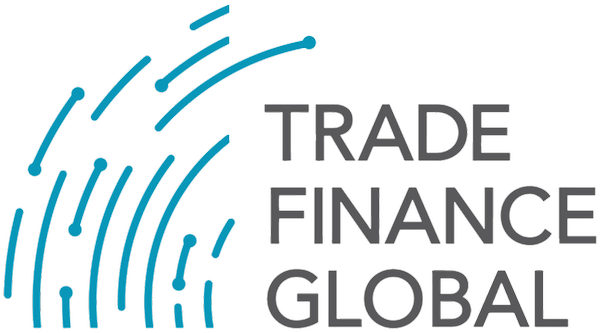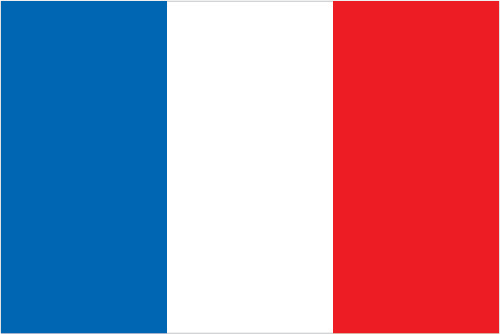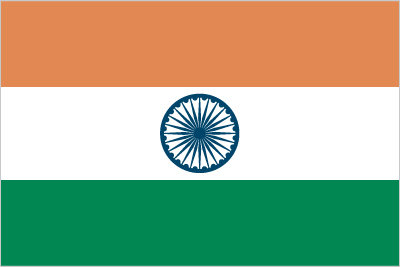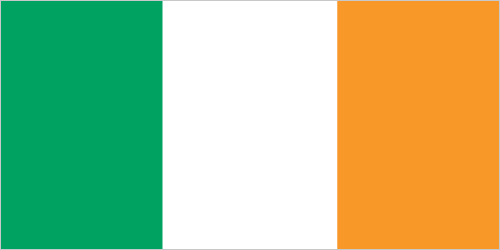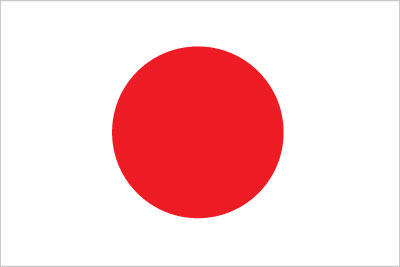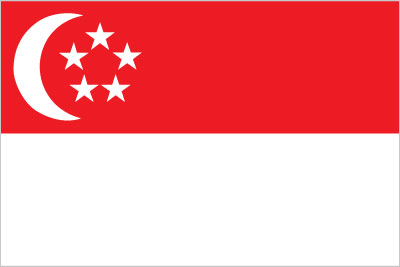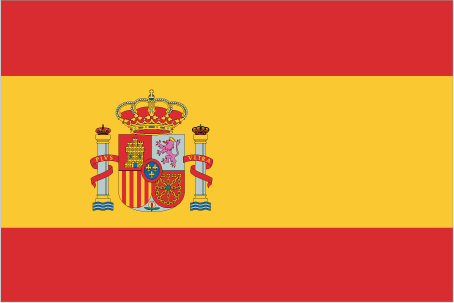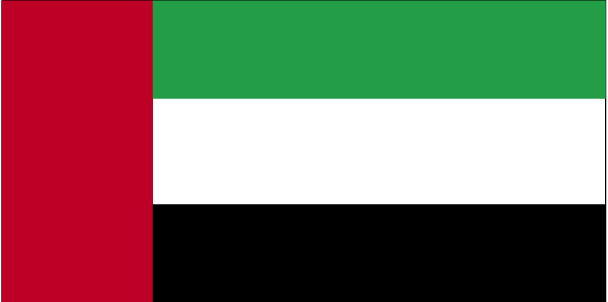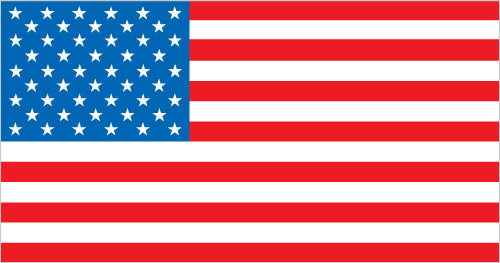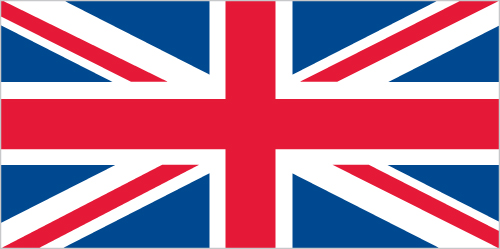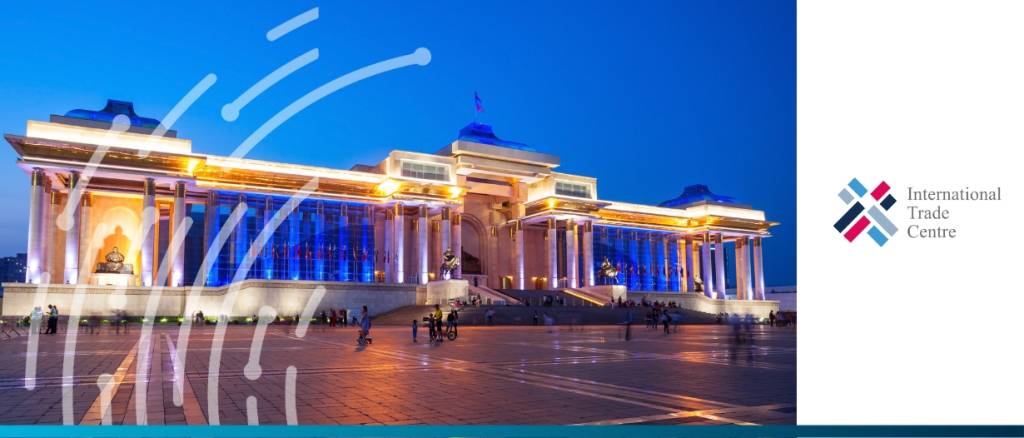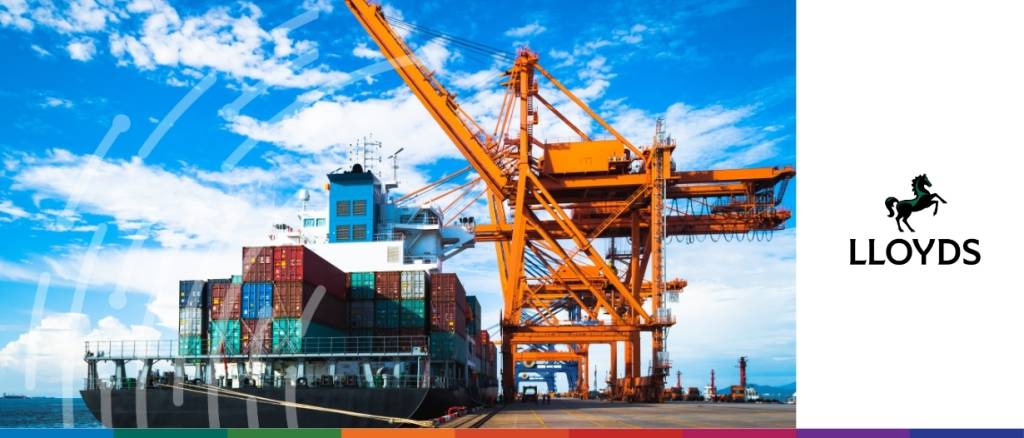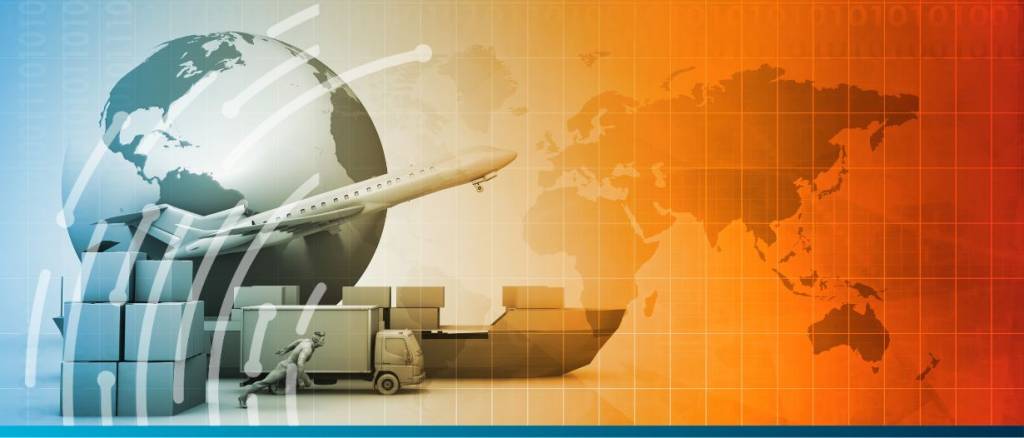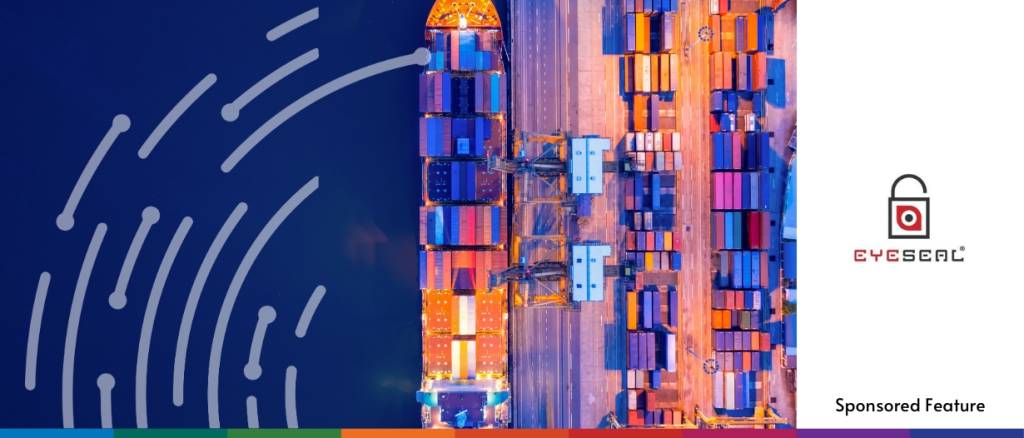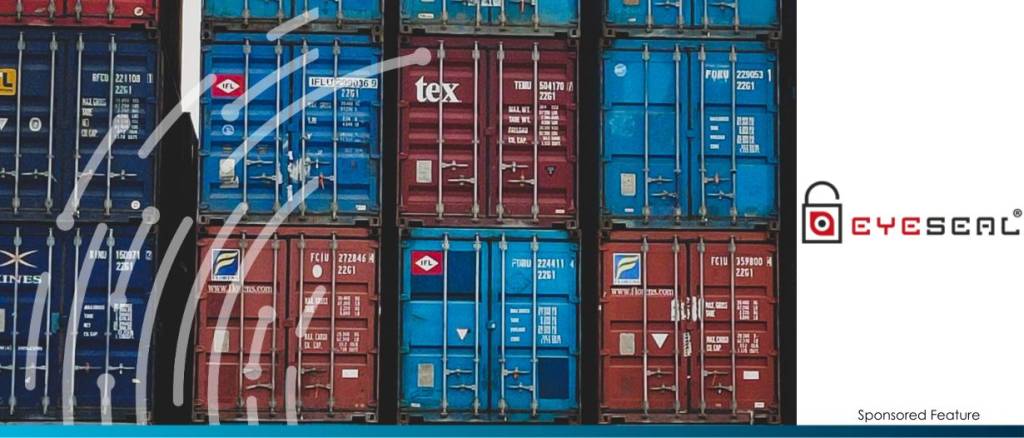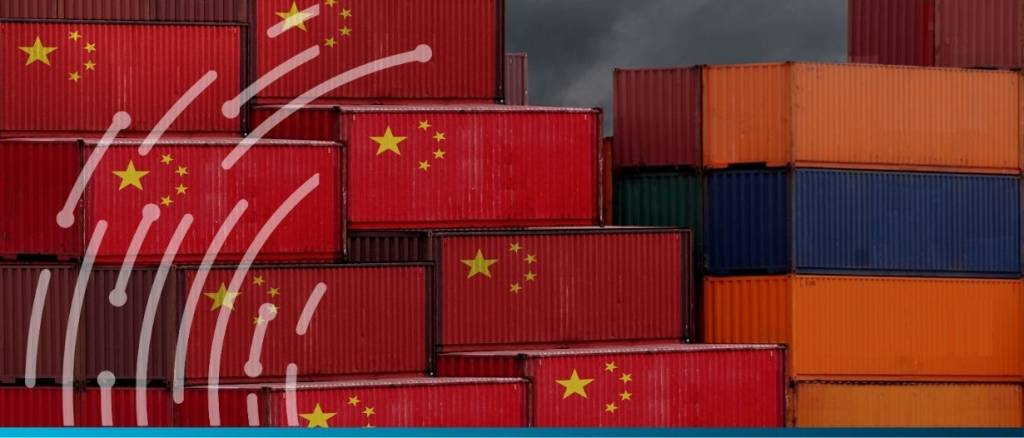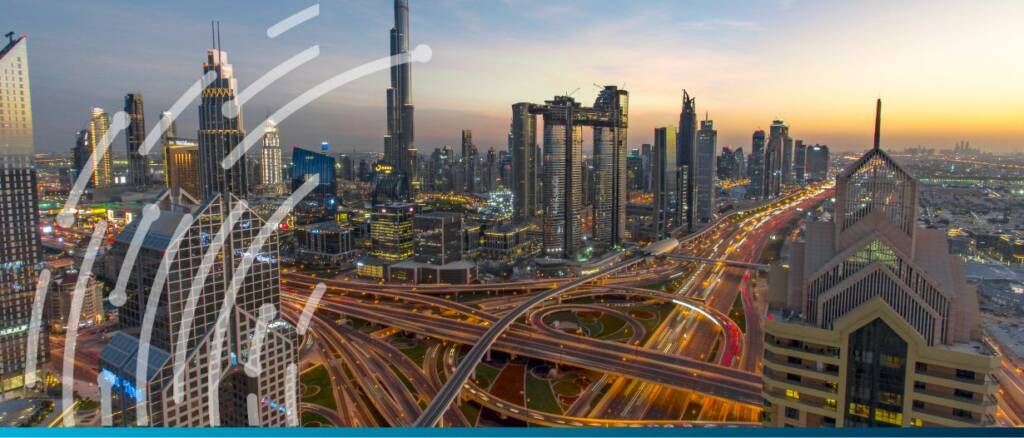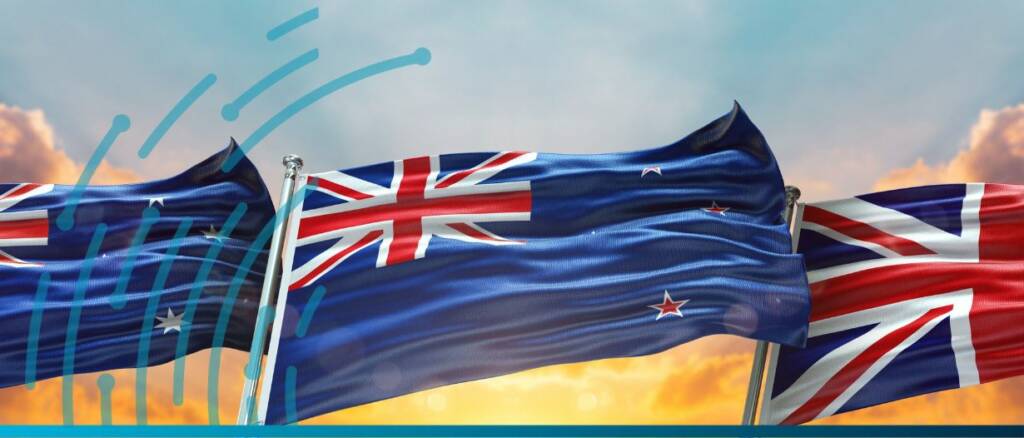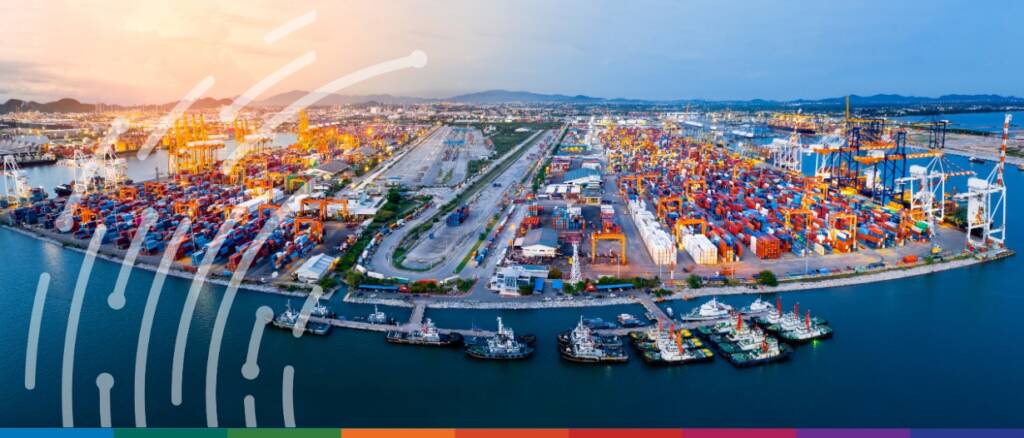(Geneva/Ulaanbaatar) – The International Trade Centre (ITC) today released a multimedia report on transforming economies with connected services, with a spotlight on landlocked countries. The report spotlights four types of services, known… read more →
A new report by Lloyds Bank shows that UK businesses have an opportunity to flourish through exporting.
In the final quarter of 2022, global exports of intermediate goods (IGs) experienced a significant decline, dropping by 10% to reach a value of $2.3 trillion. This downturn was a… read more →
The UK government, in a significant stride towards expanding trade and investment prospects between the two nations, launched the Developing Countries Trading Scheme (DCTS) in Manila. The event commenced with… read more →
Breach detection is the very essence of EyeSeal. Its standout characteristic lies in its internal installation of the device within shipping containers, delivering a significant edge over externally mounted devices that are susceptible to tampering.
Today, EyeSeal Inc., along with PROSS and Tempest, their global distribution partners, announced that EyeSeal’s cargo breach detection device and EyeTrack application have successfully completed Gateway2Britain digital trade pilot. EyeSeal… read more →
China experienced a 7.5% decline in exports in May compared to the previous year, while imports were down by 4.5%, signalling a deceleration in the economic recovery post the lifting… read more →
Today, the report, “Future of Trade: New opportunities in high-growth corridors” was released by Standard Chartered. The report predicts that global trade will reach AED 120 trillion by 2030, with… read more →
In an exciting development for UK businesses, the UK’s trade deals with Australia and New Zealand have officially come into force today, 31 May, marking the first negotiated trade agreements… read more →
To successfully digitalise Bills of Lading, the three necessary foundations are law, standards and technology. Without their proper application, any eBL SaaS platform, notwithstanding the attractiveness of the business model, is unstable.
